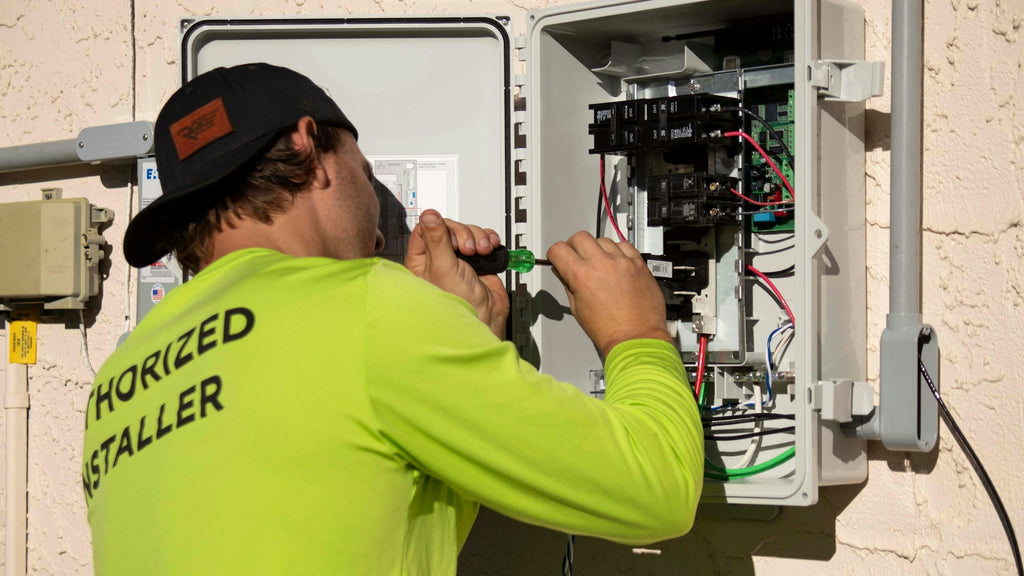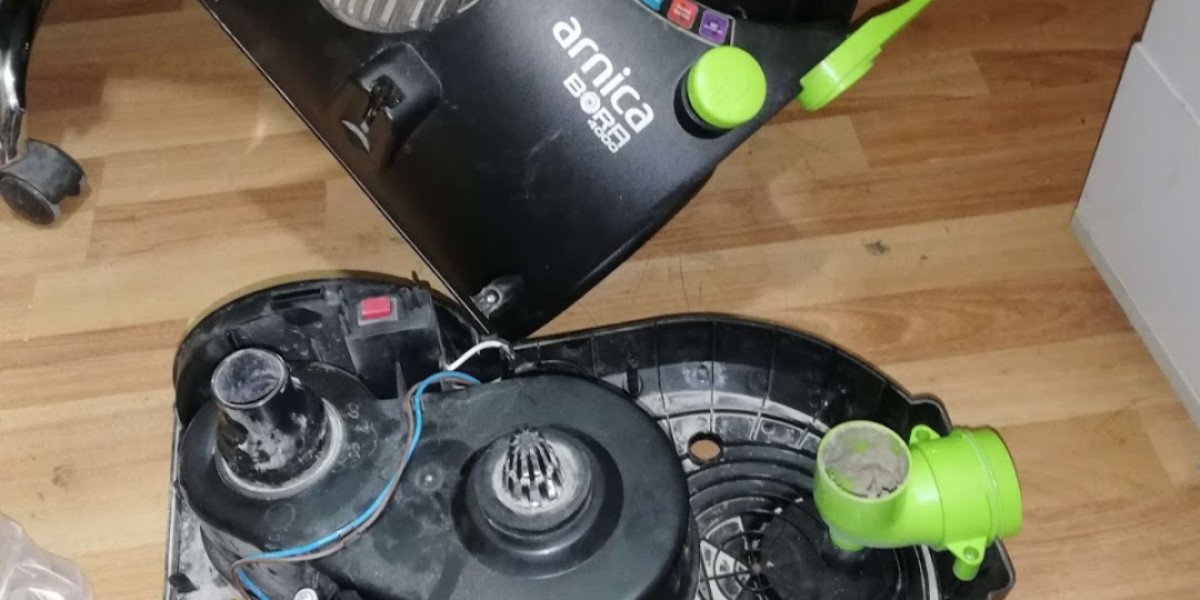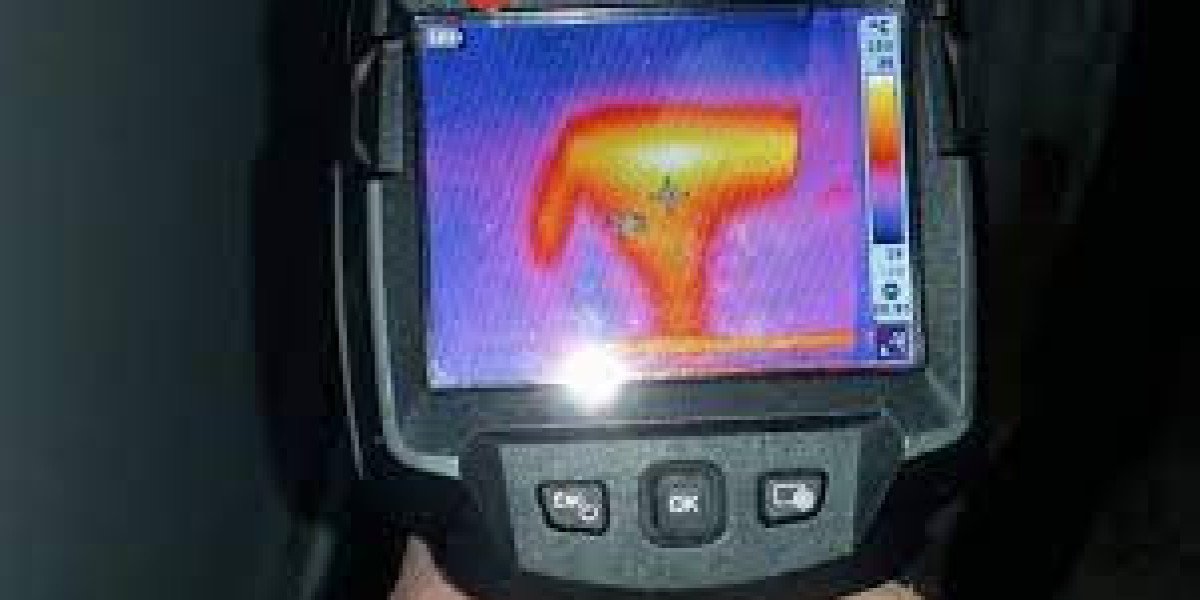Unlock the Secrets to Troubleshooting Your Solar Inverter Like a Pro!
The rise of solar energy has transformed how we harness renewable resources, with solar inverters playing a pivotal role in converting sunlight into usable electricity. However, like any technology, solar inverters can experience issues that may hinder their performance. Many users find themselves frustrated when their systems fail to operate as expected, often feeling at the mercy of professionals for repairs. This article aims to empower you with the knowledge to troubleshoot common solar inverter problems on your own. By understanding these issues and how to tackle them, you’ll not only save time and money but also gain confidence in managing your solar energy system. Let's dive into eight common problems you can diagnose and fix right now!

Understanding Solar Inverters
Solar inverters are essential components of solar energy systems, responsible for converting the direct current (DC) generated by solar panels into alternating current (AC), which is used by most household appliances. There are several types of solar inverters, including string inverters, microinverters, and power optimizers, each suited for different system configurations and needs. Basic components typically include the inverter itself, a display panel for monitoring performance, and various safety features. Understanding how your inverter operates will provide a foundation for troubleshooting any issues that may arise.
Common Problems with Solar Inverters
While solar inverters are generally reliable, they can encounter issues that disrupt their functionality. The following eight common problems can often be resolved without the need for professional help. We will explore each of these issues in detail, providing insights and practical solutions for you to implement.
1. No Power Output
If your solar inverter is not producing any power, it can be alarming. Possible causes include a system shutdown due to maintenance, circuit issues, or loose connections. Start by checking if the system is on and ensure that all circuit breakers are in the correct position. Inspect the connections between the inverter and the solar panels, ensuring everything is secure. If the issue persists, it may be necessary to reset the inverter or consult the user manual for additional troubleshooting steps.
2. Error Codes Displayed
Error codes can be a helpful diagnostic tool, indicating specific issues within the inverter. Most inverters will display error codes on their screen, often accompanied by a brief description. Familiarizing yourself with these codes can save you significant time. Refer to the inverter's manual or manufacturer's website for code descriptions and suggested resolutions. Often, a simple reset or adjustment can resolve these errors without professional intervention.
3. Overheating
Overheating is a critical issue that can lead to permanent damage if not addressed. Signs of overheating include the inverter shutting down unexpectedly or becoming extremely hot to the touch. Common causes include poor ventilation, excessive dust buildup, or high ambient temperatures. Ensure that your inverter is installed in a well-ventilated area and free from obstructions. Regularly cleaning dust from the vents can also help maintain optimal operating temperatures and prevent overheating.
4. Inconsistent Performance
Inconsistent energy production can be frustrating, especially if you rely on solar power for daily needs. Factors such as shading from trees or nearby structures, dirt accumulation on panels, or faulty connections can lead to varying performance. Start by checking for any obstructions that may be casting shadows on your solar panels. Cleaning the panels with mild soap and water can also improve efficiency. Additionally, inspect wiring for any signs of wear or damage that could affect performance.
5. Battery Issues (if applicable)
If your solar system includes batteries, issues such as low charge or insufficient capacity can arise. It's essential to regularly monitor the battery levels and conduct maintenance checks. If the batteries are not holding a charge, it may be time to troubleshoot connections or consider replacing them. Ensuring that the batteries are kept clean and free from corrosion can also extend their lifespan and improve overall performance.
6. Connection Problems
Connection problems are often the root of many issues with solar inverters. Loose or damaged cables can lead to power loss or erratic performance. Make it a habit to visually inspect all connections, including those between the inverter and solar panels as well as the inverter and electrical system. A checklist can be helpful: verify that all connections are tight, look for frayed wires, and ensure that all terminals are clean and free from corrosion.
7. Firmware Issues
Outdated firmware can significantly impact the performance of your solar inverter. Regular updates often include bug fixes and enhancements that can improve efficiency. Check the inverter's display or user manual for instructions on how to check for and install updates. If your inverter does not have an automatic update feature, you may need to download updates from the manufacturer's website and install them via USB or other methods outlined in the manual.
8. Physical Damage
Physical damage to your solar inverter can severely impact its functionality. Look out for visible signs such as cracks, dents, or rust. If you notice any damage, assess whether it can be repaired or if replacement is necessary. Always prioritize safety and, if in doubt, consult with a professional. Regular checks can help catch issues early, ensuring your inverter remains in good working order.
Empower Yourself with Solar Inverter Troubleshooting Knowledge
In conclusion, understanding and troubleshooting common solar inverter problems can significantly enhance the longevity and efficiency of your solar energy system. By proactively addressing issues like no power output, error codes, overheating, and connection problems, you can ensure that your system operates smoothly. Empower yourself with the knowledge to diagnose and resolve these problems independently. Remember, a well-maintained inverter not only maximizes your solar energy production but also contributes to your overall satisfaction with renewable energy. Take charge of your solar journey and enjoy the benefits of clean energy!







